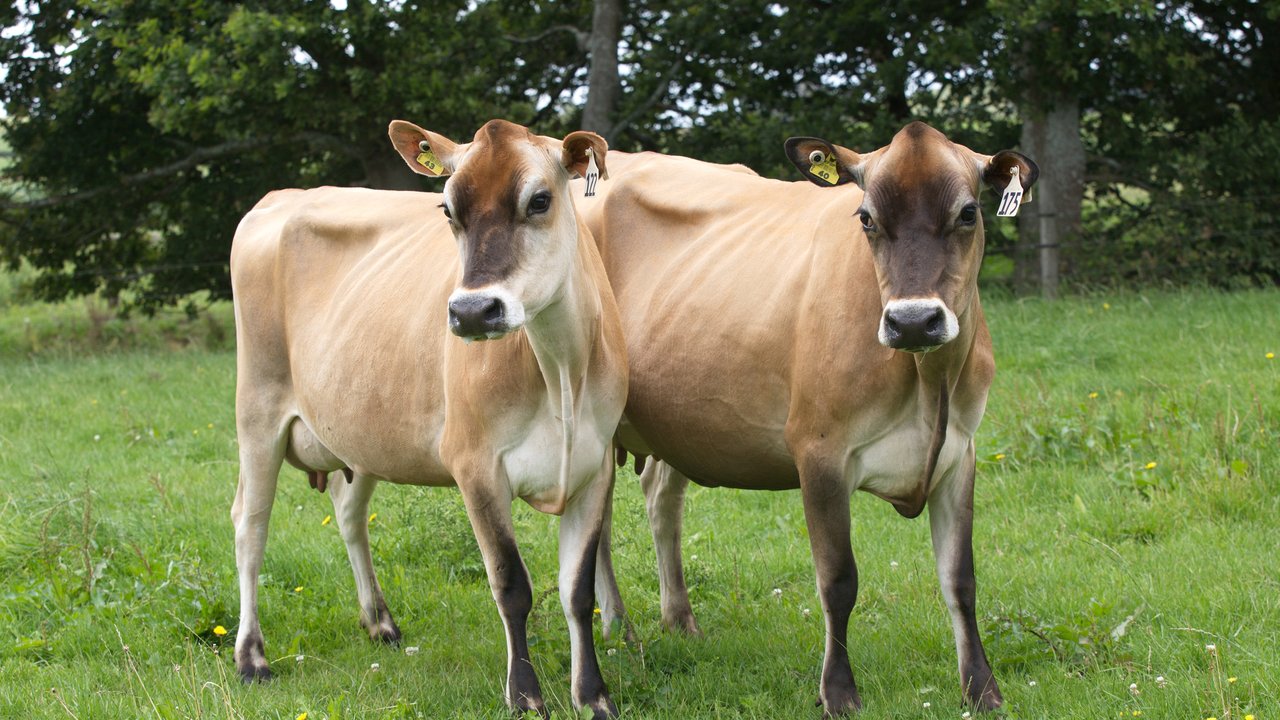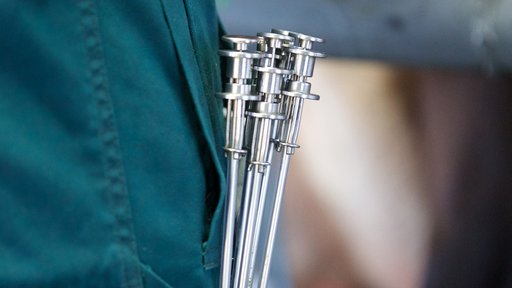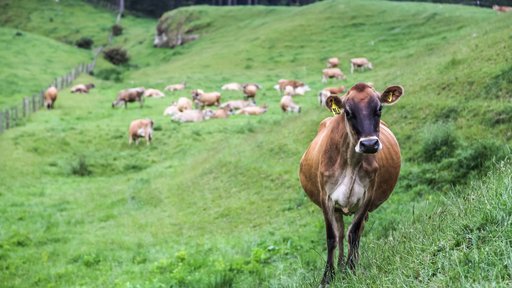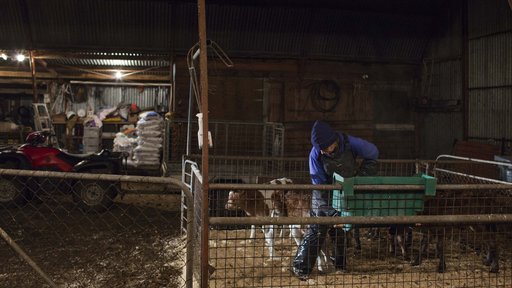Non-cycling is the most common form of infertility in New Zealand herds. These are cows that haven’t had an observed heat before mating starts, which results in:
- reduced submission and conception rates
- fewer days in milk the following year than their cycling herd mates.
Too many non-cyclers will prevent you reaching the 78% 6-week in-calf rate target because they decrease:.
- 3-week submission rate.
- Conception rate to first insemination.
Cycled, but heat not detected
Cows that have ovulated (their ovaries are ‘cycling’) but haven’t had a visible heat. This is called a silent heat. About 70-80% of cows won’t have a visible heat at their first ovulation after calving. Alternatively, the cow may have cycled and shown visible heat, but the heat was missed.
True non-cyclers
Cows that haven’t started ovulating again after calving – also called “anoestrus”.
Calving date
Cows that calve after week six of the calving period are less likely to resume cycling by mating start date.
Poor heifer rearing, especially in Friesian heifers
Underweight heifers have a longer interval to first heat. Unless treated, their submission rate will be around 10% lower.
Young cows
More first-calving heifers are treated as non-cyclers compared to mature cows. First calvers need an extra 10 days to start cycling. You can ease this problem by mating the 15-month replacement heifers a week or two before AB starts in the milking herd.
Breed
More Friesians – especially Friesian heifers – are treated as non-cyclers, compared to crossbred or Jersey cows.
Body condition score (BCS)
Calving condition score, condition loss from calving to mating, and BCS when mating starts, all affect the rate of non-cycling.
- Thin cows take longer to start cycling and have lower 3-week submission rates. These are around 10% lower than cows (or heifers) that calve at the recommended BCS of 5.0 (or 5.5 for first and second calvers).
- Cows that calve above 5.5 get minimal benefit from their greater body reserves.
Abnormal calving and uterine infections
Cows with assisted calvings, twins and uterine infections are more likely to be treated as non-cyclers.
Heat Detection
If heat detection is sub-optimal, some cows may be wrongly identified as a non-cycler (missed heats).
If you’re using tail paint, paint every cow in the herd with a common colour. When cows cycle and lose their tail paint, repaint them with a second colour. Two weeks after applying tail paint, about half of the cycling cows will have been identified. At three weeks (average length of a cow’s cycle) those cows still with the original paint colour are your non-cyclers.
When you start pre-mating heat detection determines when you can identify your non-cyclers.
- Four to five weeks before mating – identify non-cyclers one to two weeks before mating.
- Three weeks before mating – identify your non-cyclers at the start of mating.
Once you’ve identified your non-cyclers, decide which cows need intervention and what option you’ll use.
Do nothing
Success is only likely in herds that meet pre-mating cycling targets of 75% ten days out from mating and 85% at mating start date. May result in a low submission rate and poor reproductive outcomes with few options for addressing these.
Run them in a separate mob
Takes pressure off vulnerable cows. Begin at least four weeks before mating for best results. Can add extra demands to an already heavy workload, such as:
- time and effort
- rotation planning
- extra electric fencing
- setting up breaks.
Once a Day (OAD) milking
Begin six weeks from mating start date. Run cows in a separate group for best results. May cost you $33 in lost milk yield for every 28 days a cow is on OAD. This is worth considering when looking into this option.
Hormonal intervention
The only effective option available once you’re close to mating. Hormonal intervention is generally more profitable the earlier you treat your cows because it:
- generates earlier AB calves
- allows returns to come in at the start of the second round
- reduces bull power demand in the third round of mating when compared to delaying treatment to three weeks into mating
- results in more days in milk and more time to recover from calving next season.
Early intervention means more animals will need treatment, which can affect your cash flow. So, decide how many cows you want to treat. Select that number from your non-cycler group, but only those worth investing in. Focus on your young, high genetic merit and/or high producing cows. This will help you contain costs while maximising the benefits of early intervention.
Your vet can do a cost-benefit analysis and give you tailored advice for your herd.
Because your non-cyclers' heats are going to synchronise, you'll need more semen. Give your AB technician at least a week’s notice of your increased demand.
Preferential feeding
Increased feeding during lactation can benefit reproduction in cows experiencing a feed pinch. In herds with adequate nutrition, the effect on reproduction is negligible.
For some farmers a more attractive option may be to reduce stocking rate. Stocking rate is the number of cows per hectare or acre. Review your situation with your rural professionals.
Teaser bulls
Teaser (vasectomised) bulls aren't an effective option for dealing with non-cycling cows. They're good heat detectors, but there's no robust scientific evidence they stimulate cycling.
If heat detection is sub-optimal, they might help reduce the number of missed heats during mating.
Long term prevention means minimising the risks.
- Grow your heifers to achieve liveweight and body condition targets at 22 months.
- Manage your two- and three-year-old cows carefully.
- Calve cows at BCS target (5.0 for 4+ years and 5.5 for two- and three-year-olds).
- Dry cows off on BCS, calving date and feed supply to ensure targets for BCS and feed on hand at calving are met.
- Minimise health issues.
- Reduce the percentage of late calvers in your herd.
- Keep BCS loss to under one BCS unit between calving and mating.
- Make sure cows are BCS 4.0 to 4.5 at mating.
Talk to your rural advisor or vet about which option, or combination of options, could work best for you.





